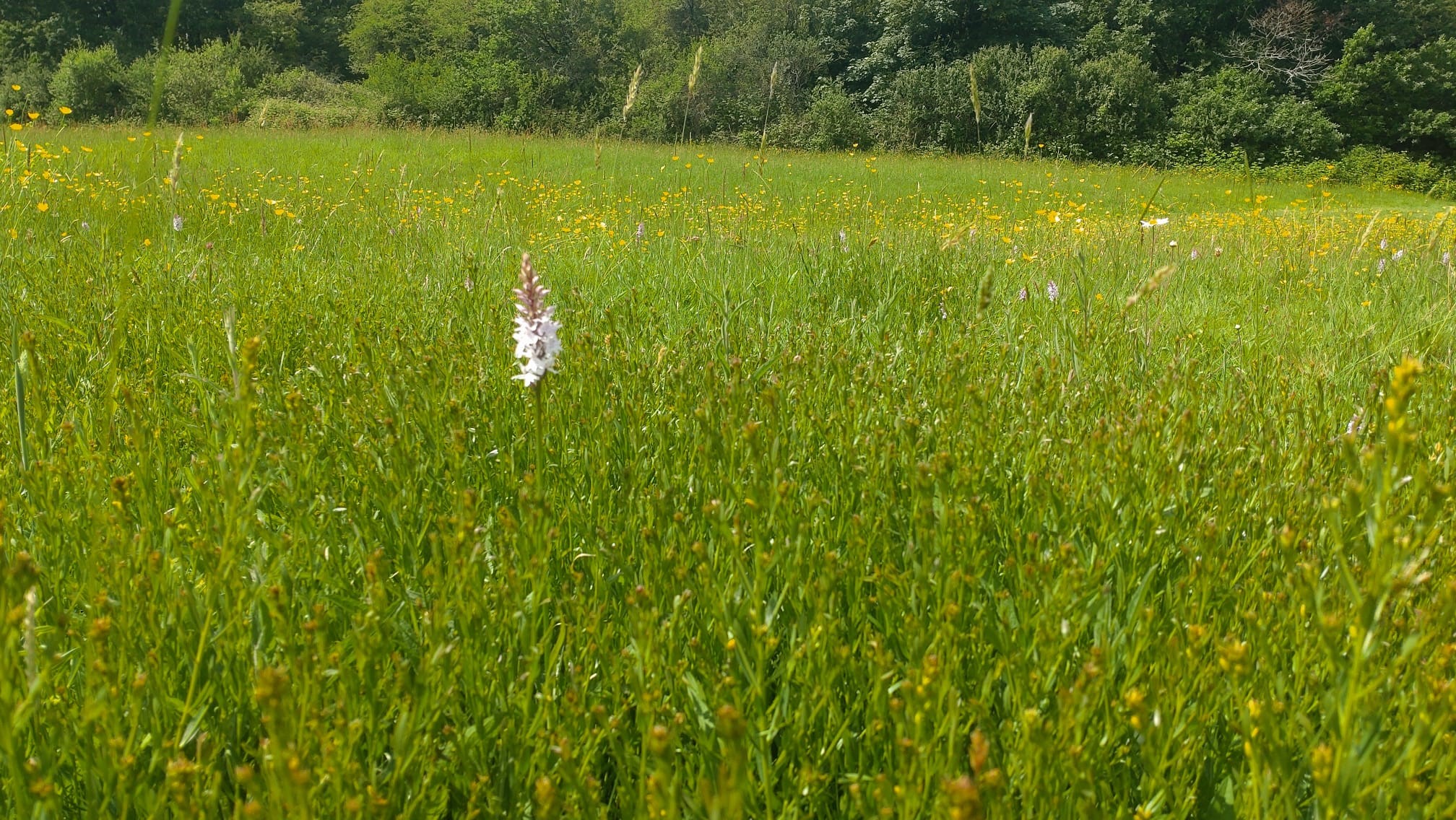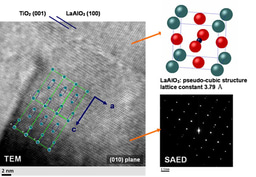Tick-tock, tick season strikes across Europe
Published in Microbiology

Tick season is upon us! So, despite the urge to expose my arms and legs to the rays of the sun, soaking up some much-needed vitamin D after a grey start to the year it’s long sleeves and long trousers for me while I wander through the countryside, and I’ll be making sure to stick to the paths. The UK is home to only a few species of disease-transmitting ticks, and if bitten, the chances of getting ill are low. However, it’s still wise to be aware of what’s out there and take appropriate precautions, especially throughout spring.

Ticks across Europe
Ticks and tick-borne diseases (TBD) are a growing problem in Europe; the most widely distributed species include Ixodes ricinus (also known as the sheep tick) and Dermacentor reticulatus (ornate dog tick, or meadow tick). Both are known to be vectors of multiple TBD of humans, as well as wild and domesticated animals. I. ricinus, the most likely across Europe to bite humans, is recognised as playing a role in transmitting the viral infection tick-borne encephalitis (TBE) as well as Lyme disease (caused by the pathogenic spirochete Borrelia burgdorferi). In 2018 the European parliament recognised Lyme disease as an alarming health problem, with ~1 million people suffering from the disease. D. reticulatus also transmits TBE in addition to being a major vector for the bacteria Rickettsia raoulti and parasite Babesia canis (the latter of which affecting dogs).
The activity of these ticks is largely seasonal and therefore the risk of contracting tick-borne diseases is too. Throughout Europe, spring sees the emergence of ticks after a period of winter diapause. Surveys on ticks tend to be localised regionally, but as their abundance and distribution is largely dependent on habitat, temperature and humidity, assumptions about their activity and location are somewhat transferable. However, as tick-borne diseases are a growing problem across Europe, and as climate change alters the range and activity of many disease vectors, it is important to continue to monitor their distribution and seasonal dynamics.
Spring Dynamics- Insights from a study in Poland
A recent study by Wężyk et al. compared the activity of Ixodes ricinus and Dermacentor reticulatus in various human-associated habitats across urban and suburban areas of Poland. From mid-March to mid-June, the team sampled forest, park, fallow land, meadow, pasture, crop field and a chicken enclosure, identifying ticks collected, and looking for the presence of various TBD. The study aimed to analyse species density and total ticks, and uncover associations with factors like sampling month, site type, temperature or humidity. In both species Wężyk et al. found that site type had a highly significant effect on tick abundance and density. For the species I.ricinus, the highest density was (somewhat surprisingly) found in Warsaw’s botanical garden. A high density was also found at the field-forest border of fallow land where deer are known to graze, whereas none were found in the enclosure inhabited by chickens. The abundance of this species was lowest at the beginning of the spring, rising as the weeks went on and peaking in May.

The highest abundance of D. reticulatus, was found in fallow lands, and this species was also seen in meadows and forests, again at the field-forest border frequented by Roe deer. They too were absent (save for one individual) from the chicken enclosure; however, they were also missing from city parks, both examples of actively managed land, a factor that has been shown to reduce tick density. D. reticulatus abundance was low at the beginning of spring, peaking in April. The two species’ different habitat preferences likely explains the difference in their seasonal activity, and as D. reticulatus is known to be able to withstand low temperatures and overcome unfavourable conditions better than other species, this may be the reason for their earlier seasonal peak. The extremely high abundance of I. ricinus found in Warsaw’s botanical garden, an urban park frequented by humans, shows the need to continue regular sampling of different sites to understand the risk of contracting TBDs in both rural and urban areas.
Tick Territory in the UK
Lyme disease is the most common tick-borne disease in the UK, and tick-borne encephalitis was detected here for the first time in 2018. Similarly to Wężyk et al.’s findings, here tick abundance is also site specific, with habitat, microclimate, and availability of hosts all impacting their survival. Out of 20 species of tick endemic to the UK, I. ricinus is the one I am most likely to encounter. You will typically find this species in unmanaged grasslands, heathlands, moorlands, and woodlands. These areas have high enough humidity to prevent desiccation and support a number of wild and grazing tick animal hosts, with my local South Downs National Park known to be particularly popular with this species. For that reason, you will typically find me in long trousers and light-coloured clothing when I’m out enjoying my local nature reserves. The presence of ticks is by no means a reason to avoid visiting these places altogether: simply wearing insect repellent, sticking to defined paths, covering your arms and legs, and periodically checking for and brushing off any insects on your clothes will help you avoid those pesky ticks.

Follow the Topic
-
Parasites & Vectors

This journal publishes articles on the biology of parasites, parasitic diseases, intermediate hosts, vectors and vector-borne pathogens.
-
BugBitten

A blog for the parasitology and vector biology community.
Related Collections
With Collections, you can get published faster and increase your visibility.
Artificial intelligence, parasites, and parasitic diseases
As discussed in this editorial by Dantas-Torres, this collection is dedicated to articles reporting the use of AI in parasitology research. We particularly welcome articles dealing with parasitic disease diagnosis, parasite and vector identification as well as those reporting the prospection of drugs and vaccine candidates.
This collection will serve as a platform for authors to publish their research that employs AI and deep learning methods for solving research questions in the fields of parasitology and tropical medicine.
Publishing Model: Open Access
Deadline: Dec 31, 2025
Climate Monitoring and Decision Support Framework for Sand Fly-borne Diseases Detection and Mitigation – The CLIMOS Project
Articles published in the collection have already gone through the systematic peer review process of the journal.
Publishing Model: Open Access
Deadline: Dec 31, 2025





Please sign in or register for FREE
If you are a registered user on Research Communities by Springer Nature, please sign in